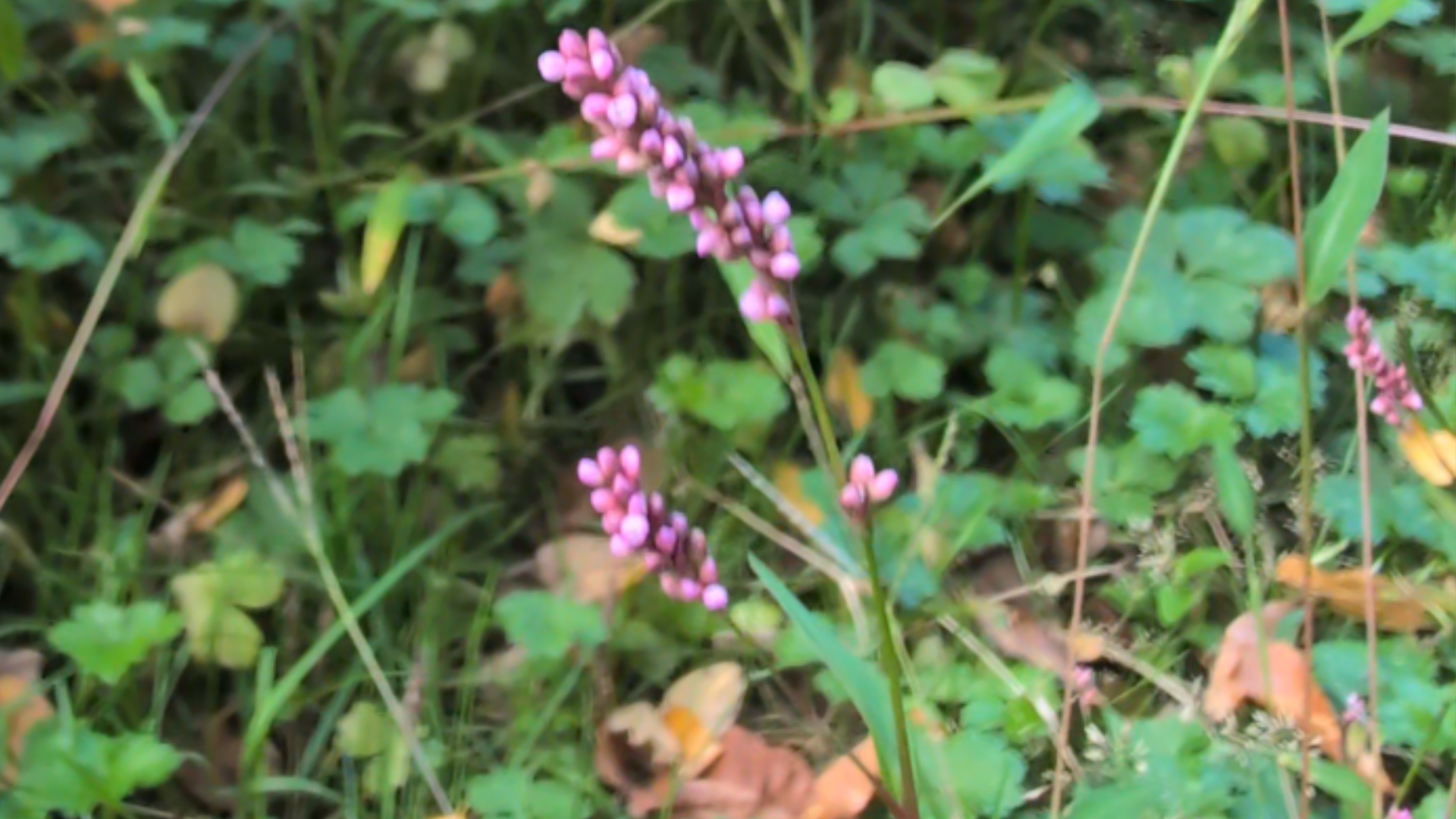Lady’s Thumb
Lady’s Thumb – Persicaria maculosa
Why we love it at The Mindful Gem
Lady’s Thumb is a wild, astringent, and skin-clearing herb known for its ability to tone, soothe, and support balanced, resilient skin. Rich in tannins, flavonoids, and anti-inflammatory compounds, Lady’s Thumb has been traditionally used to calm irritation, tighten pores, and ease minor skin discomfort. Early phytochemical studies support its antioxidant and gently antimicrobial activity, making it a valuable ally for clarifying and comforting the skin (Journal of Ethnopharmacology, 2010, DOI: 10.1016/j.jep.2009.11.027). At The Mindful Gem, we forage Lady’s Thumb by hand in the wild meadows and streambanks of Highlands, NC, crafting our own extract to bring fresh, clean, astringent balance to select formulas.
Plant Overview:
Lady’s Thumb (Persicaria maculosa), also known as Smartweed, is a moisture-loving wild herb found along creek edges, forest margins, meadows, and mountain pathways. It is easily recognized by the small “thumbprint” marking on each leaf — a signature dark spot central to the plant’s folklore.
Parts Used & Traditional Uses:
The aerial parts (leaves, stems, and flowering tops) are harvested in their prime. Traditionally used in Appalachian, European, and Indigenous herbalism for:
soothing minor skin eruptions
calming inflammation
providing light astringency
easing insect bites and surface irritation
Skin Benefits & Mechanism:
Tannins tighten and tone pores, supporting balanced, refined skin.
Anti-inflammatory compounds help reduce redness and surface irritation.
Flavonoids offer antioxidant protection and support skin clarity.
Helps restore a sense of clean, fresh balance to oily or congestion-prone areas.
Key Benefits:
Clarifying + astringent
Reduces redness + irritation
Antioxidant + balancing
Supports refined, clear skin
Sources:
Karkanis, A. et al. (2010). “Phytochemical composition and biological activities of Persicaria species.” Journal of Ethnopharmacology. DOI: 10.1016/j.jep.2009.11.027
Moerman, D. (2003). Native American Ethnobotany.
Foster, S. & Duke, J.A. (2000). A Field Guide to Medicinal Plants and Herbs.

